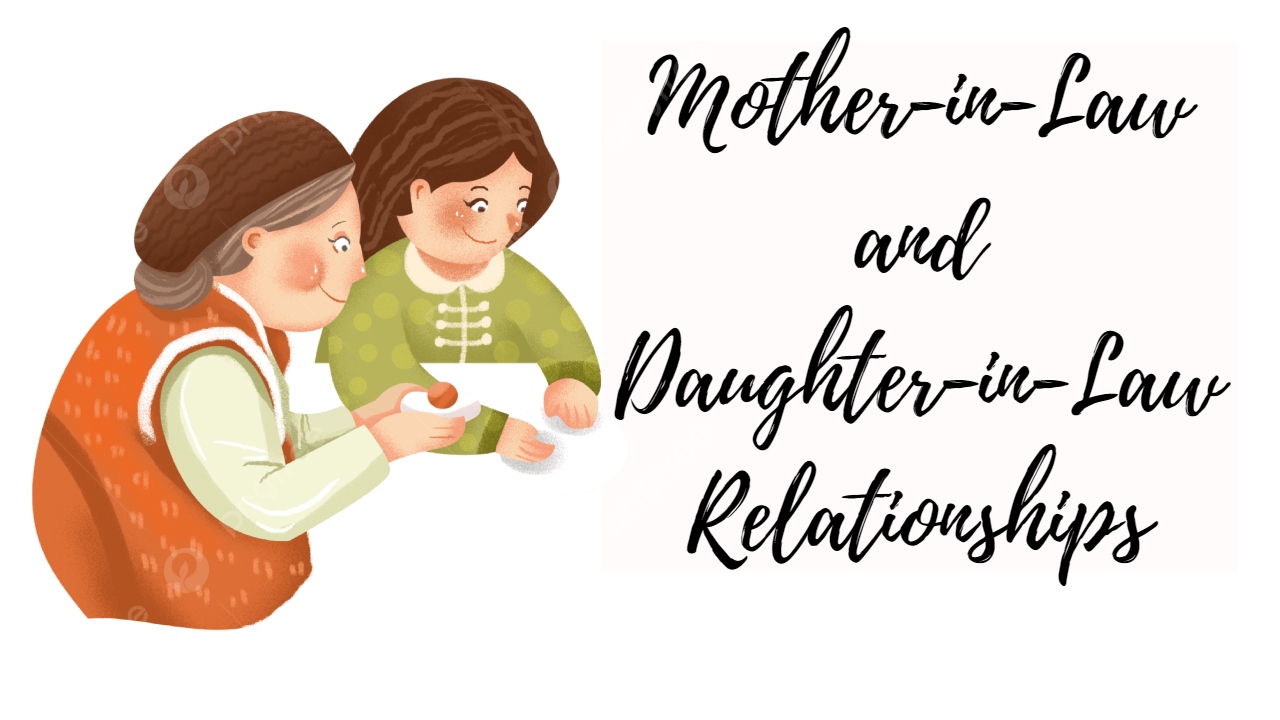

While some may perceive this tie as filled with tension and conflict, others may see it as a chance to form a genuine connection with someone who has become a member of their family.
Cultural expectations, personality qualities, and prior experiences can all have an impact on the relationship between a mother-in-law and a daughter-in-law. In certain cultures, the mother-in-law is expected to be the family’s dominating figure, which may lead to power clashes and a lack of understanding between the two women. Furthermore, if either the mother-in-law or the daughter-in-law had terrible connections with their own moms, their interactions with each other may be affected.
It is critical for both the mother-in-law and daughter-in-law to approach each other with an open mind and a willingness to learn about each other’s opinions and experiences in order to develop a healthy and productive relationship. It is also critical to speak openly and honestly, addressing concerns and difficulties in a non-judgmental and courteous manner.
Finding common ground and shared interests is another method to build a relationship. This can aid in the formation of bonds and the promotion of pleasant interactions. Planning family activities and holidays together might allow the two ladies to spend more time together and get to know each other better.
Finally, both the mother-in-law and the daughter-in-law must set clear limits and respect one other’s personal space and personality. It is critical not to cross each other’s boundaries by offering unsolicited advice or criticism.
In today's article, we will learn the importance of happiness and how to maintain it…
Today, we will look at three common mistakes couples make in their relationships regarding intimacy…
In this article, we will learn about the simple ways that can help one overcome…
Check out the list of couples' biggest relationship mistakes in this article.
In this article, we will learn about anxiety and how one can handle it in…
In this article, you will understand the horrifying effects of child abuse.